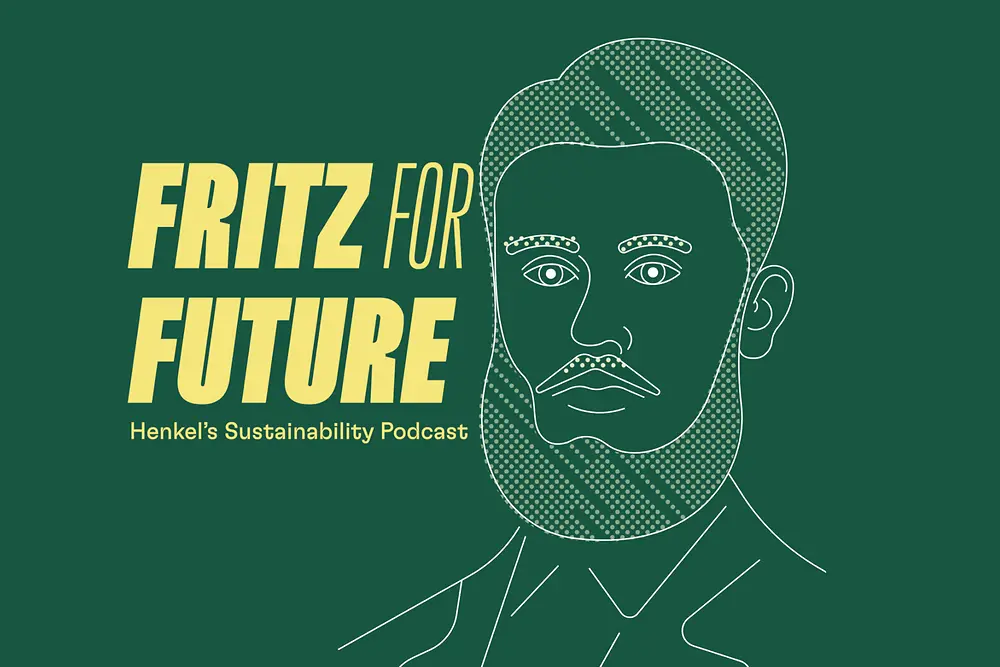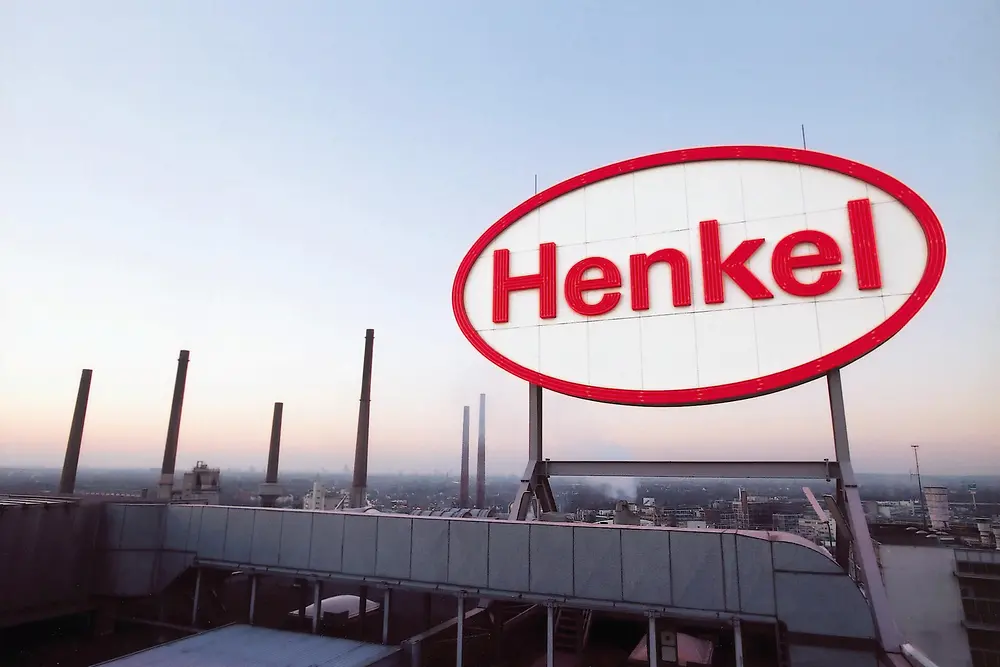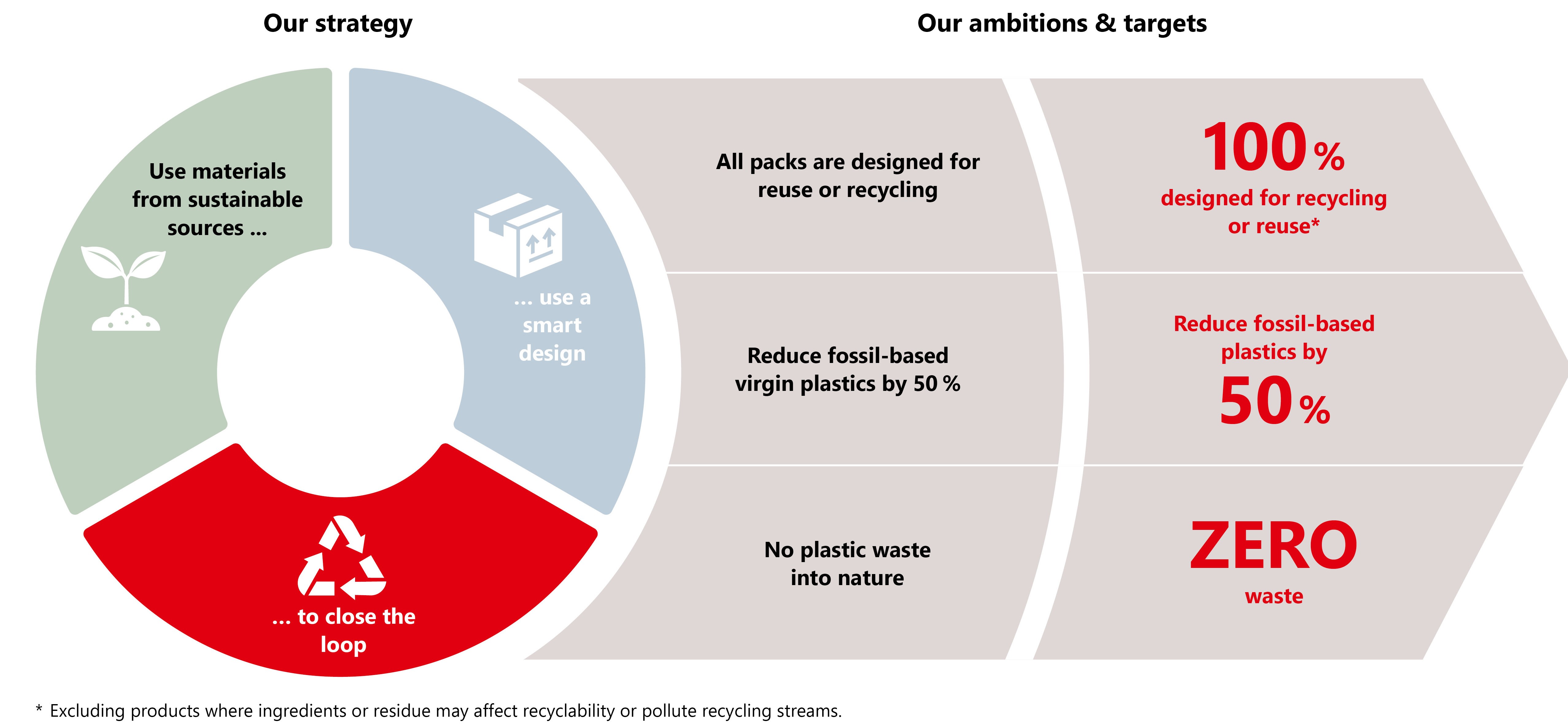Due to the dye used (carbon), black plastic packaging poses a challenge to the recycling value chain. In 2019, together with its supplier Ampacet, a global masterbatch producer, Henkel began working on an innovative solution for black plastic packaging that is recognized in the automatic sorting process and is fully recyclable. The new packaging material uses an alternative black colorant that is carbon-free, so that bottles can be returned to the value chain after use. The Cyclos-HTP Institute, which specializes in classifying, assessing and certifying the recyclability of packaging and products, has confirmed that Henkel’s bottles, in black color and carbon-free, are fully detectable and sortable.
Two of the most pressing challenges on the journey to a circular economy for packaging are the need to improve the collection and sorting of post-consumer packaging waste and to have sufficient infrastructure in place for collection, sorting and recycling. Since September 2020, Henkel has been one of more than 132companies and organizations in the new HolyGrail 2.0 initiative, which uses digital watermarks to promote better packaging recycling.





